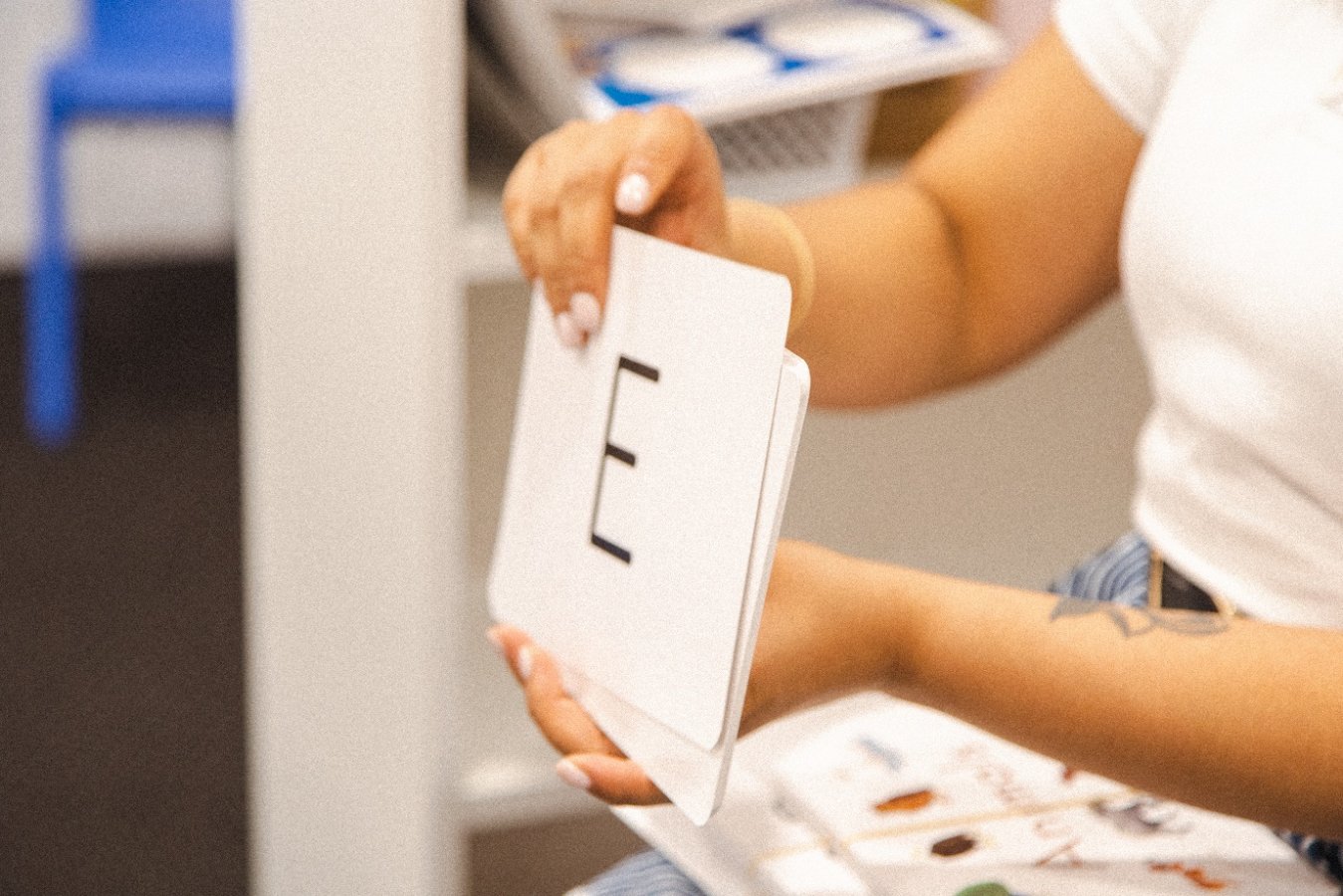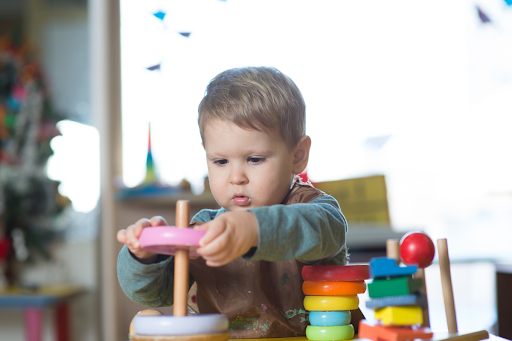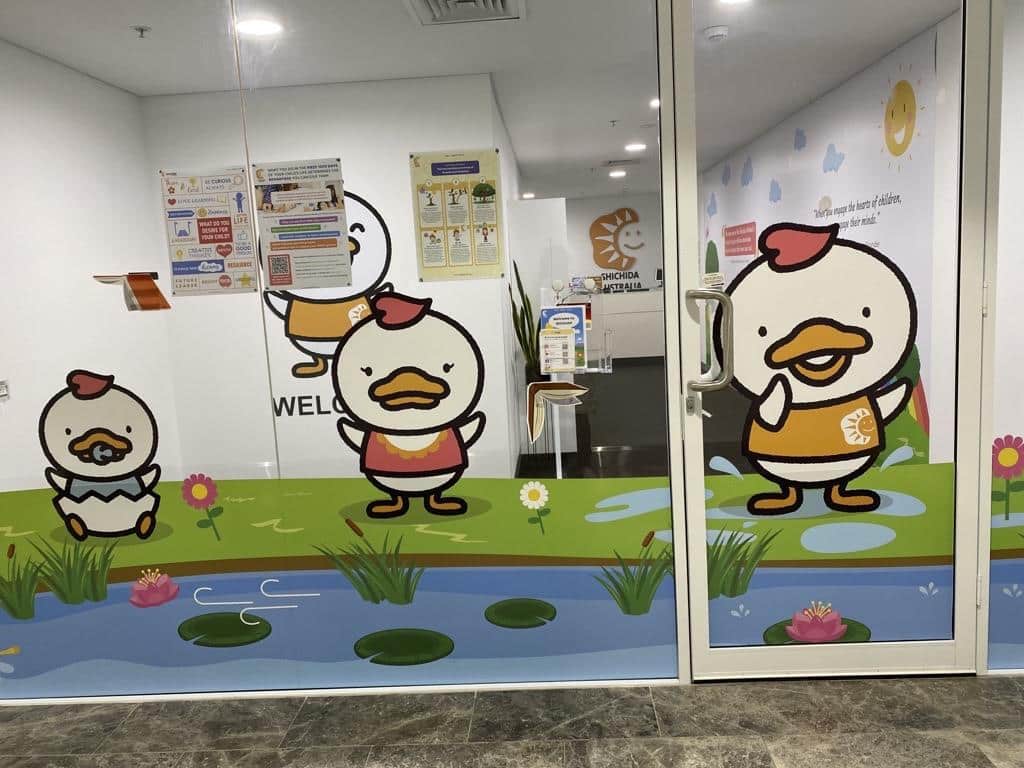
Tips For Teaching Kids Active Listening
Imagine your child not just hearing words, but actually absorbing them – understanding, responding, and engaging with the world in a way that opens doors to deeper learning and stronger connections. That’s the beauty of active listening. More than just nodding along, active listening is a superpower that improves how kids communicate, solve problems, and build meaningful relationships. In a noisy world full of distractions, teaching children how to actively listen gives them the edge to truly connect, learn, and thrive.
Table of Contents
So, how do we turn this vital skill into second nature for kids? Let’s explore some clever strategies, fun activities, and the surprising benefits of mastering active listening.
Understanding Active Listening Skills for Kids
Active listening means paying full attention to the speaker, processing what they’re saying, and responding thoughtfully. For children, mastering these active listening skills involves more than just sitting still and being quiet. It includes looking at the speaker, asking questions, and repeating what they’ve heard to show they understand.
These skills help children in multiple ways. When kids actively listen, they can follow instructions better, retain information, and engage in more meaningful conversations. Moreover, strong listening skills for kids improve their ability to make friends and build empathy, as they learn to understand and respond to others’ feelings.
Fun Listening Activities for Kids
One of the best ways to teach active listening is through play. Listening activities for kids can be fun, interactive, and highly effective in developing their listening and comprehension abilities. Here are a few games and activities that you can easily introduce at home:
Simon Says: This classic game encourages children to pay close attention to instructions and act accordingly. It’s perfect for improving active listening skills because kids need to focus on both the words and the tone of voice to follow directions.
Telephone Game: In this game, children sit in a circle, and one child whispers a sentence to the person next to them. The sentence travels around the circle until it reaches the last child, who then says it aloud. This game highlights the importance of careful listening, as the original message often gets distorted along the way.
Storytime Recall: Read a short story to your child and then ask them to recount the details. What happened first? Who were the main characters? This exercise helps with memory retention and encourages active listening by having children focus on key details.
Music Pause Game: Play a song and pause it at random intervals, asking your child to repeat the last line they heard. This game sharpens their auditory memory and makes listening fun.
20 Questions: This simple yet engaging game encourages children to ask thoughtful questions to guess the object you’re thinking of. It helps them practise active listening and learn how to focus on important information.
Proven Listening Techniques for Kids
Teaching active listening techniques can be made simple by using methods that break down the process into manageable steps. Here are a few tried-and-tested active listening techniques to help kids become better listeners:
Echoing: Encourage your child to repeat what they’ve heard in their own words. For example, after giving them a set of instructions, ask them to explain what they’ll do next. This helps to solidify their understanding and ensures they are truly listening.
Chunking Information: When giving instructions, break them into smaller, manageable chunks. Instead of saying, “Go to your room, clean it up, and then bring me your school bag,” say, “First, go to your room. Then, clean it up. After that, bring me your school bag.” This technique helps children focus on one task at a time, improving their active listening skills.
Visual Cues: Use gestures or visual aids to reinforce what’s being said. For younger kids, pointing to objects or using flashcards alongside verbal instructions can improve their ability to retain information.
Question Time: After discussing a topic or giving instructions, ask your child open-ended questions about what was said. This helps them think critically about the conversation and strengthens their listening skills.
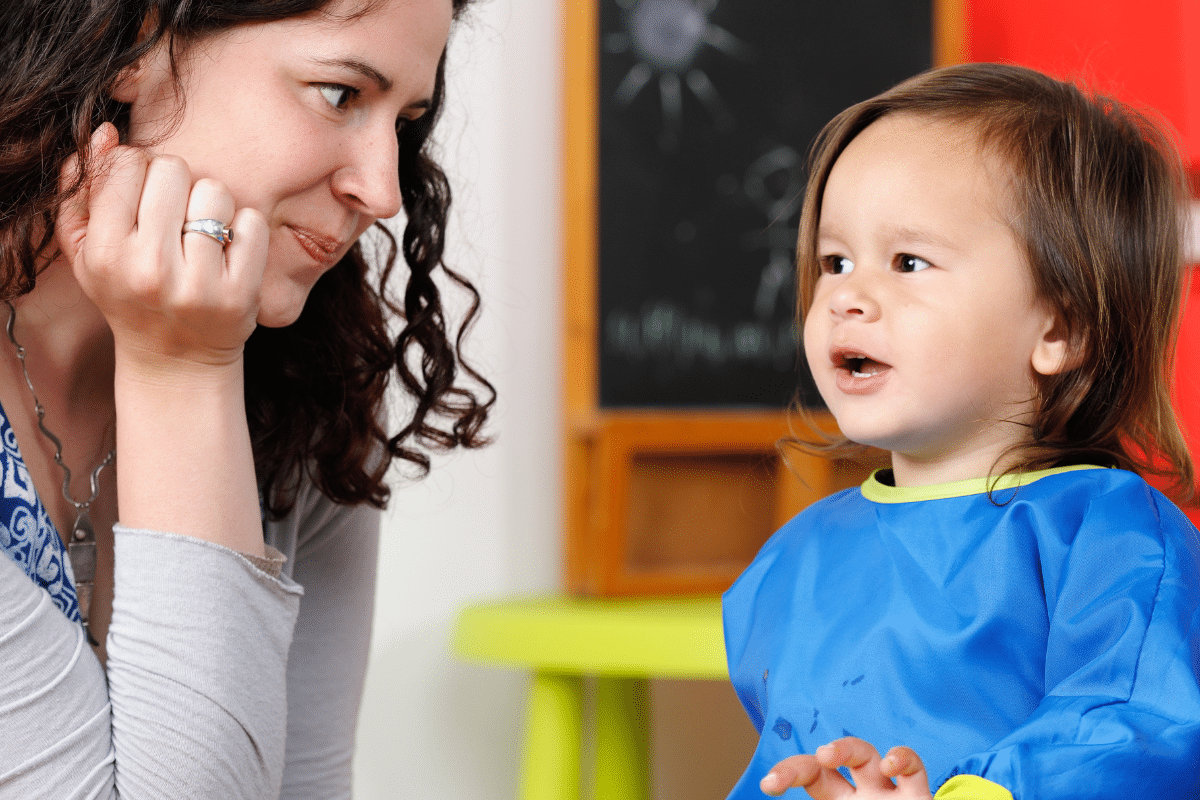
The Advantages of Active Listening for Kids
Developing strong active listening skills offers children several significant benefits that extend beyond communication. Here’s how honing these skills can positively impact a child’s growth and development:
- Boosts Cognitive Development: When children engage in active listening, they process information more effectively, which enhances their cognitive abilities. This includes better problem-solving, comprehension, and the ability to follow complex instructions.
- Improves Focus and Attention: Practising active listening techniques helps children develop stronger attention spans. The more they focus on what’s being said, the more they can retain, which in turn makes them better at concentrating in school or during learning activities.
- Builds Emotional Intelligence: By listening closely to others, children become more attuned to emotions, body language, and non-verbal cues. This improves their empathy and understanding of how to respond in different social situations.
- Strengthens Academic Performance: Children who practise active listening are better equipped to absorb and retain information in the classroom. This leads to stronger academic performance as they can follow lessons, participate in discussions, and grasp concepts more easily.
- Enhances Social Skills: Engaging in conversations where active listening is practised fosters better social interactions. Children can respond thoughtfully, ask insightful questions, and engage in more meaningful dialogue, which helps them develop stronger relationships.
- Encourages Self-Confidence: Mastering listening skills for kids allows children to communicate more clearly and confidently. When they know they’ve truly understood what someone is saying, they feel more capable of responding, contributing to conversations, and sharing their thoughts.
Listening at Home: Daily Practices
Developing active listening for kids doesn’t require formal lessons – parents can incorporate it into everyday activities. Here are some practical ways to nurture active listening skills in your child’s daily routine:
Dinner Table Conversations: Family mealtimes are perfect for practising active listening. Encourage your child to talk about their day and actively listen to others’ stories. Ask them follow-up questions to show you’re engaged, and remind them to do the same for others.
Storytime Discussions: Reading books together is a fantastic opportunity to teach active listening. After finishing a story, ask your child to summarise it or share their thoughts on the characters. This not only improves listening but also encourages comprehension and critical thinking.
Give Them Responsibility: Assign your child simple tasks like setting the table or organising their toys, and give them clear instructions to follow. This encourages them to listen carefully and shows them the value of paying attention to details.
Be a Role Model: Children often mimic their parents’ behaviour. Show your child what good active listening looks like by giving them your full attention when they speak. Put away distractions like phones and make eye contact to model the behaviour you want to see.
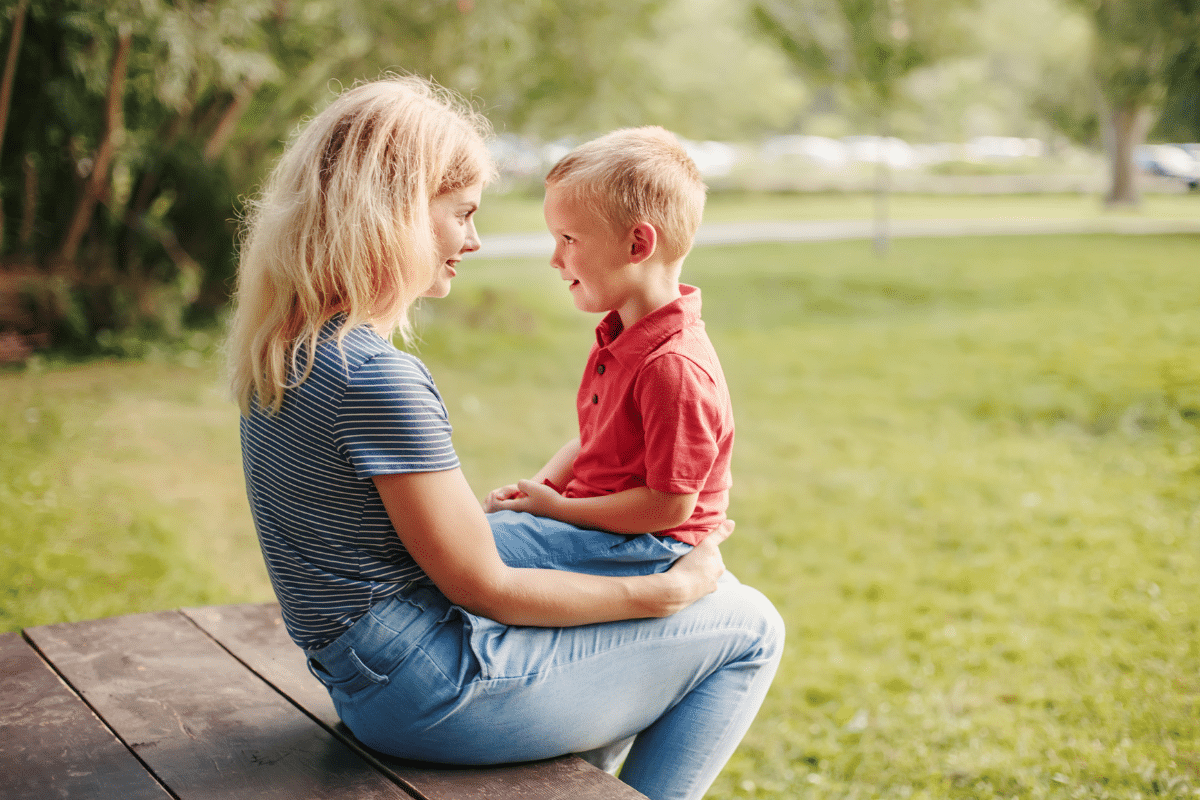
Helping children develop strong active listening skills sets them up for success in all areas of life. By using engaging listening activities for kids and modelling good listening habits at home, parents can ensure their children develop the tools they need to communicate effectively, build meaningful relationships, and succeed academically. Start incorporating these active listening techniques into your child’s daily routine and watch them grow into confident and attentive communicators.
Early Learning Enrichment classes
Shichida’s early learning programs integrate proven active listening techniques, offering a fun and supportive environment where parents and children work together to strengthen essential communication skills from an early age. There are classes for babies, toddlers and preschoolers. Book a trial class at one of our early learning centres today!
